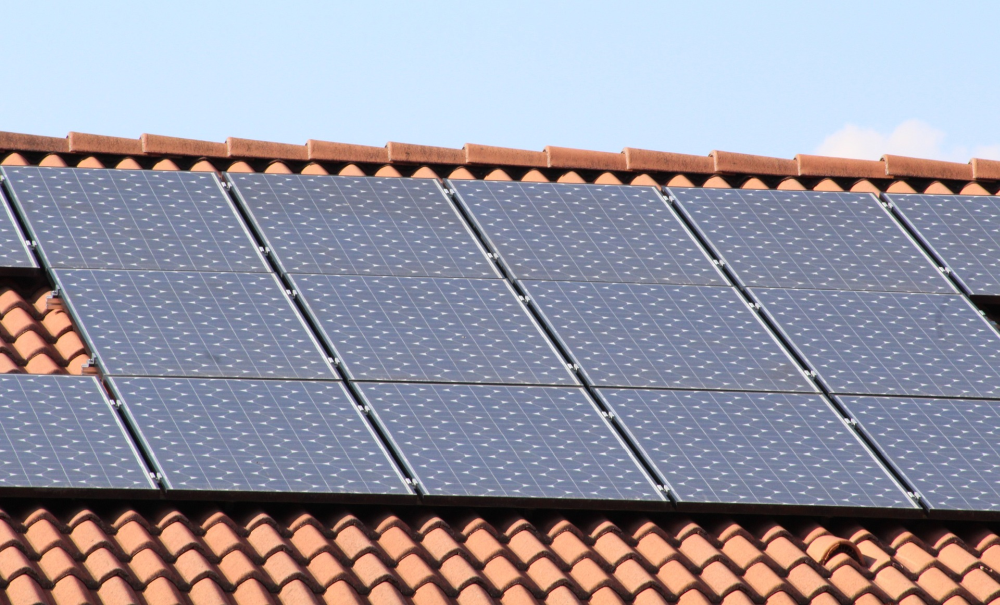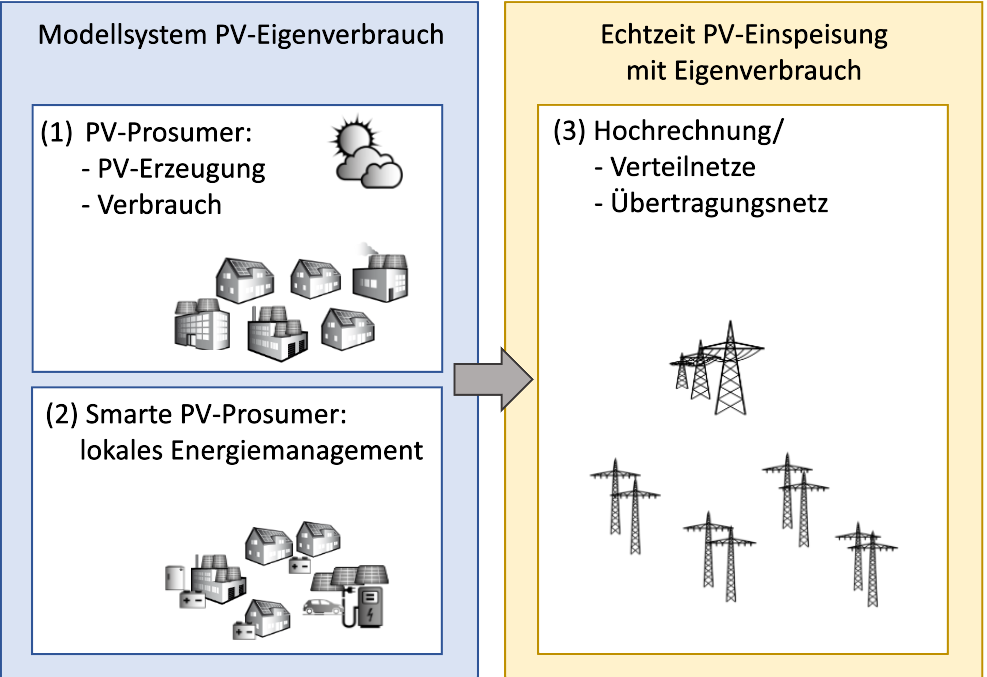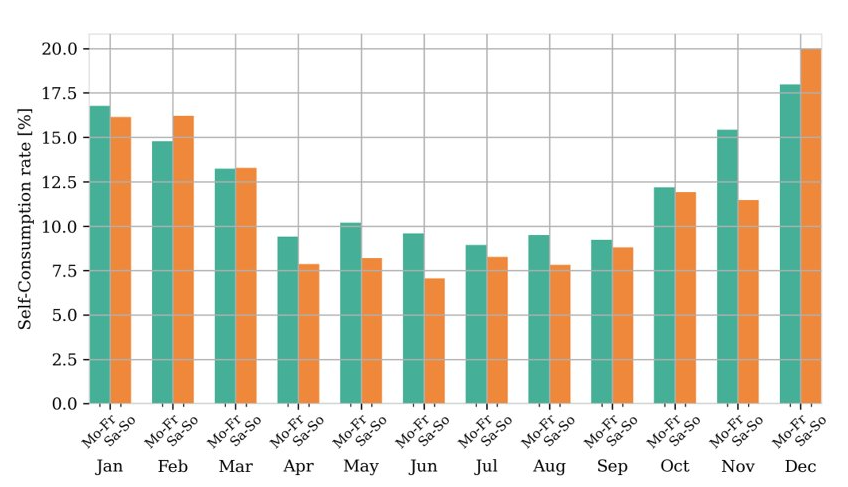| Duration: | 02/2023 - 01/2026 |
| Contracting Authority/ Sponsors: | Federal Ministry of Economic Affairs and Climate Action (BMWK) |
| Project Partners: | greenventory GmbH; Enmova GmbH; Associated Partners: TransnetBW GmbH, Stadtwerke Karlsruhe Netzservice GmbH |
| Project Focus: |
PVEV – PV Extrapolation with Self-Consumption



Reliable projections and forecasts of the feed-in of electricity from photovoltaic systems are necessary to avoid a high demand for control energy and to ensure secure grid operation in a cost-efficient manner. An increasing challenge in this context is the steady increase of PV self-consumption, combined with battery storage and flexible loads that are initially used for local self-consumption maximization. This development will lead to fundamental changes in PV feed-in profiles.
In PVEV, Fraunhofer ISE and its project partners are developing algorithms for reliable extrapolation of PV feed-in even with strongly increasing PV self-consumption.
The expansion targets of approx. 200 GWP photovoltaics by 2030 agreed in the new coalition agreement, half of which are to be achieved by installing PV rooftop systems (»mandatory on new commercial buildings and generally on new private buildings«), will greatly accelerate the development towards PV self-consumption. Today's operational PV projection and forecasting systems model self-consumption effects aggregated over the respective grid area based on long-term data on the typical annual and weekly cycle. However, this empirical approach will have limited sensitivity to increasing flexibility in PV self-consumption. Therefore, it is to be expected that already in the near future the PV feed-in into the power grid can no longer be described in sufficient quality with the current extrapolation systems.
A key challenge for extrapolating PV feed-in is the current data situation. Local measurements of PV generation, feed-in and consumption as the sole data source are not yet sufficiently available for a sufficiently detailed determination of PV self-consumption with local energy management. Therefore, the project consortium is pursuing a model-based approach.
The bottom-up PV self-consumption model system for the control area of the associated partner TransnetBW consists of the following components:
- Satellite-based modeling of PV generation with parametric simulation models.
- Stochastic modeling of different consumption types (private households, commercial, trade and service enterprises as well as industry)
- Consideration of local energy management, including battery home storage and battery electric vehicles. Different expansion scenarios will be investigated.
Based on the model system, the actual extrapolation algorithms are developed. These will be designed in such a way that the results are physically interpretable. This will enable manual readjustments to be made in system management and trading at short notice if necessary. The methodology should also allow dynamic, fully automated adjustment to real trends, such as the addition of PV systems or battery storage. The developed algorithms and software are to be evaluated at TransnetBW GmbH for application in operational use.